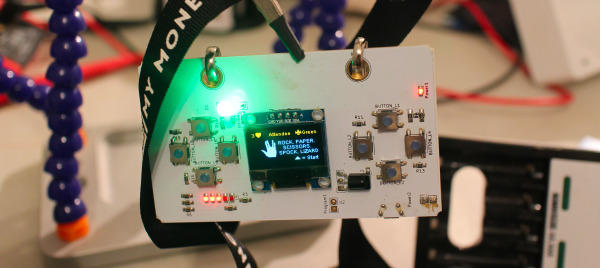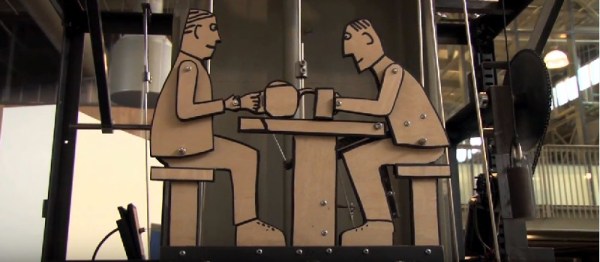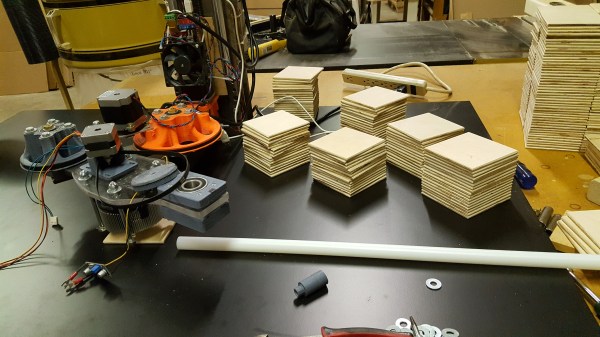It is amazing how the game Doom has been ported to so many things. Enter one more port, where the hardware in question is a Honeywell Prestige thermostat.
In his video, [cz7asm] shows us the game running quite nicely on the 480 x 272 LCD with an NES controller plugged into the USB port originally intended for software updates. The thermostat runs on a STM32F429 which is an ARM9 processor that has the juice to pull it off. The Doom engine being used is based on Chocolate Doom, an open source port of the game, and the binaries can be downloaded for Windows and Mac. The source code is also available as a download for your tinkering pleasure. This project by [cz7asm] is extended from a code on GitHub by [floppes] that was meant for the STM32F429IDISCOVERY evaluation board.
The author shares his code for the STM32F4 on Dropbox as a zip and in order to compile it, the Atmel BSP for GNU GCC is used. The video below demonstrates the hack in action and, though there is no sound yet, the satisfaction that comes from such modifications is its own reward.
What else can you run Doom on? How about a calculator or maybe the Intel Edison or even an ATM machine! If there is a processor with enough muscle power, hackers will find a way to run Doom on it. So have you seen any alien computers lately that you think can be hacked? Continue reading “Doomed Thermostat”



















